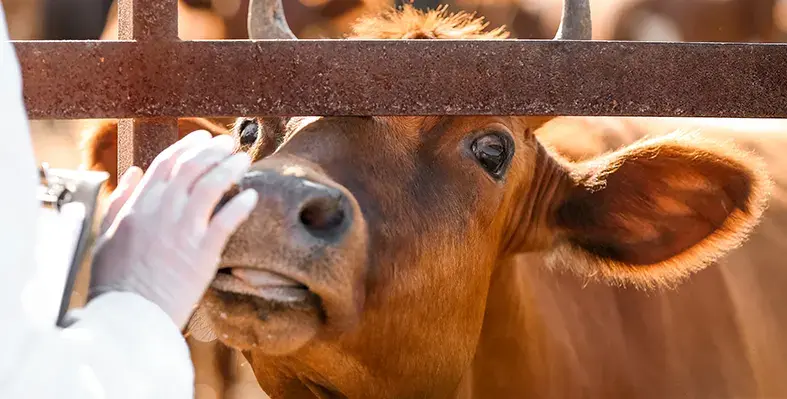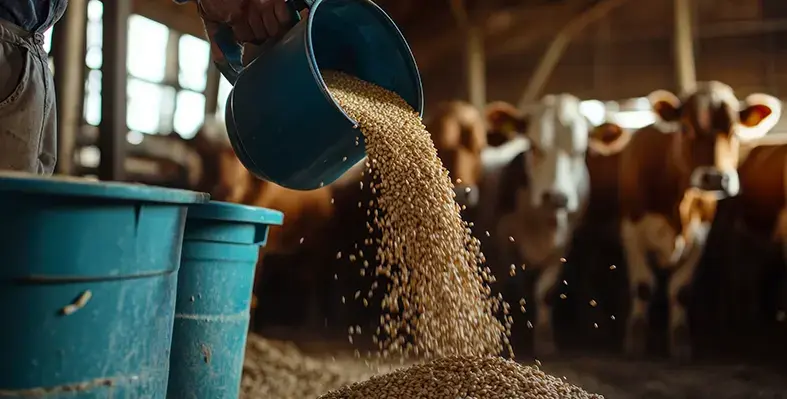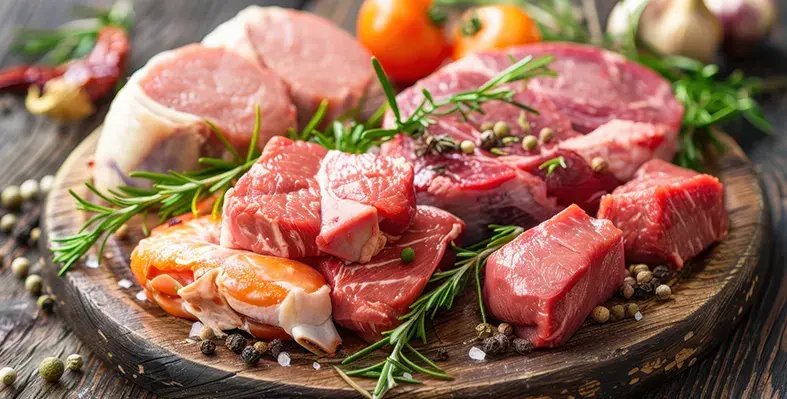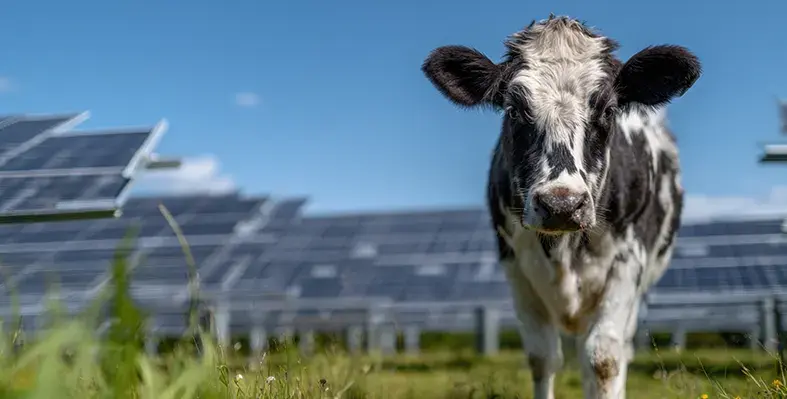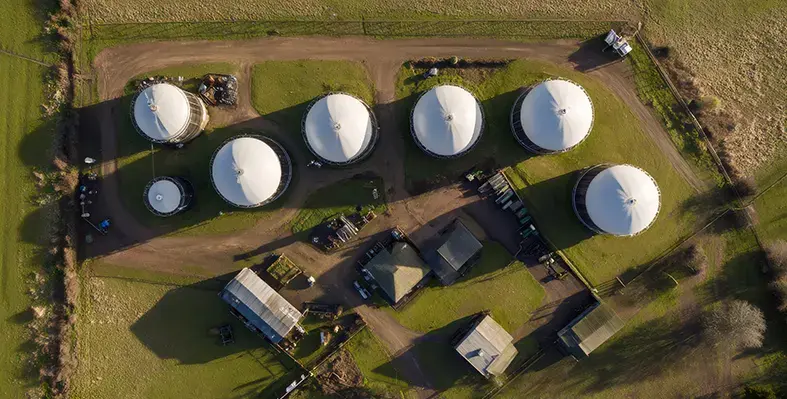The Rwanda Agricultural and Animal Resources Board (RAB) has imposed an immediate suspension on the movement of livestock in Kanama, Nyakiliba, and Kanzenze sectors of Rubavu District after a confirmed outbreak of Foot-and-Mouth Disease (FMD)
The precautionary move aims to protect farmers’ livelihoods and prevent the highly contagious disease from spreading to other regions.
According to a statement released on Tuesday, 21 October, all movement and trade involving cows, goats, sheep, and pigs are temporarily banned. The restrictions also extend to the sale and transportation of animal products such as meat, milk, and skins. These measures are part of a nationwide effort to safeguard Rwanda’s livestock sector, which plays a vital role in the country’s food security and rural economy.
"Farmers with sick animals, suspected or developing symptoms of the illness are requested to be separated from other herds and report to the veterinary officer at the sector level,” the statement reads in part.
To strengthen control efforts, RAB has ordered that all cattle aged six months and above across Rubavu District be vaccinated every six months. Animals suspected of coming into contact with infected livestock will also be separated and quarantined to curb transmission.
The institution further cautioned that anyone ignoring these prevention measures will face penalties as outlined in Rwanda’s law governing the control of contagious animal diseases.
Local authorities have been called upon to play an active role in enforcing these guidelines. They are urged to conduct regular disinfection campaigns and closely monitor farmers to ensure that no contact occurs between healthy and infected animals.
Foot-and-Mouth Disease is a serious viral infection that affects cloven-hoofed animals and can lead to significant production losses through reduced milk yield, weight loss, and restricted trade opportunities. By acting quickly, the Rwandan government aims to minimise economic losses and maintain the health of livestock, which remains a backbone of many rural households.
RAB’s swift intervention highlights the importance of cooperation between farmers, veterinarians, and local leaders in protecting the nation’s agricultural sector.





